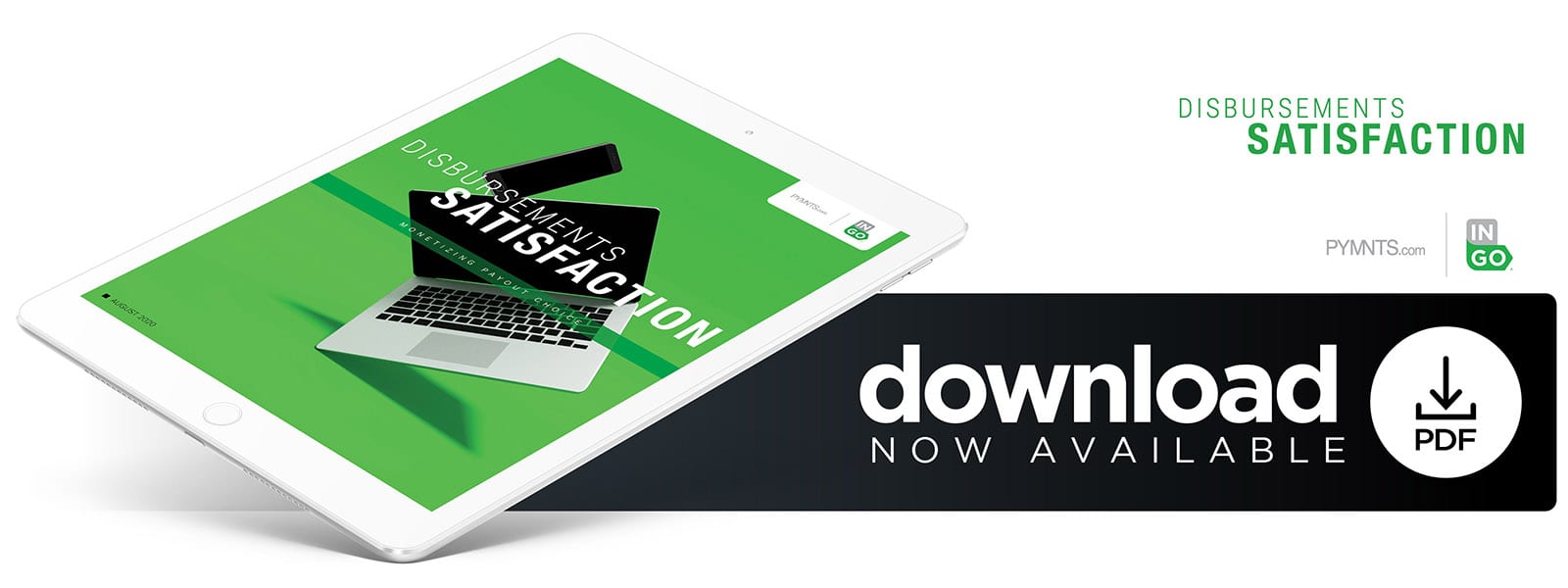New Data: Receivers Value Instant Payouts Enough To Pay To Get Them
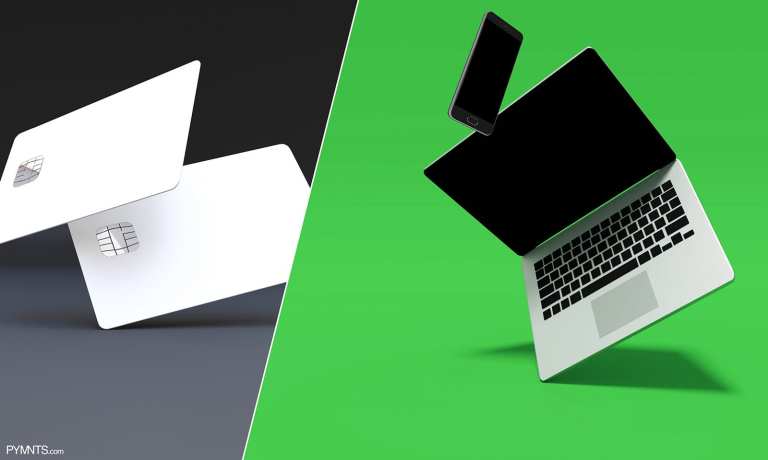
Consumers have long used the internet to purchase everything from meals to clothing, and the ongoing COVID-19 pandemic is only accelerating the shift toward digital commerce. This is in turn driving a need for fresh financial solutions that can help customers pay — and get paid — fast. Instant payments that enable the 24/7, year-round transfer of tax refunds, benefits, dividend payments and other disbursements could be key to quickly getting them money for much needed purchases within 30 minutes or less.
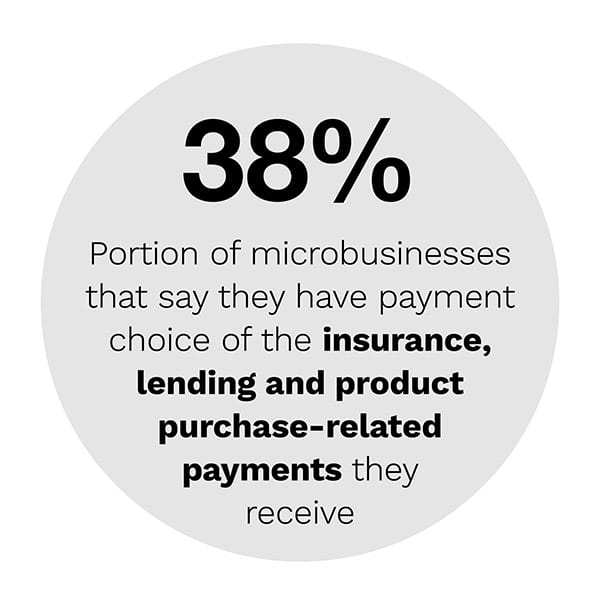 Most United States consumers and microbusinesses that receive disbursements — known as “payees” — do not have immediate access to their funds, however. In fact, just 13 percent of the latter and 8 percent of the former say they receive their funds through instant payments to debit cards, credit cards, prepaid cards or digital wallets.
Most United States consumers and microbusinesses that receive disbursements — known as “payees” — do not have immediate access to their funds, however. In fact, just 13 percent of the latter and 8 percent of the former say they receive their funds through instant payments to debit cards, credit cards, prepaid cards or digital wallets.
Also striking is that payees feel they receive limited payment choices in general, even though the companies with which they do business — known as “payors” — report providing various disbursements options. This could mean that payees do not see all of their payors’ options as legitimate or that they might be unable to access them, thus contributing to a widening “choice gap” in disbursement methods.
So, how can payors close this gap by offering the payment options that payees value, and how does enabling and accepting instant payments factor into the equation?
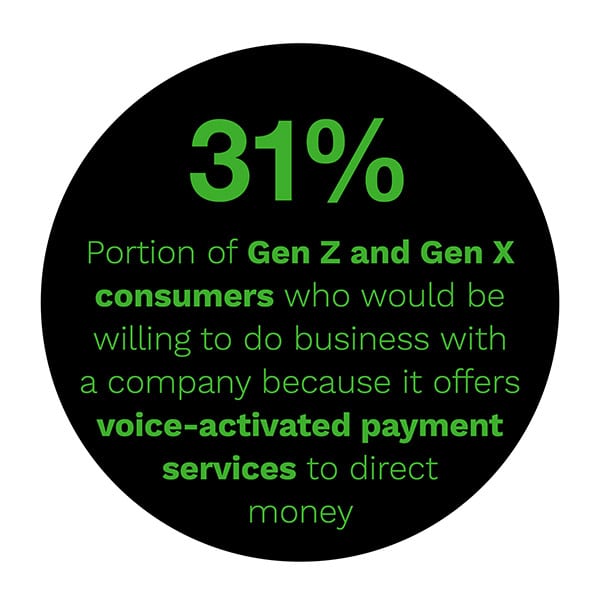 PYMNTS’ Disbursements Satisfaction Report 2020: Monetizing Payout Choice, a collaboration with Ingo Money, sets out to answer these and other questions. PYMNTS surveyed more than 5,000 consumers and 500 microbusinesses that receive disbursements, as well as 600 companies of varying sizes that make disbursements, to learn about payout choice, the adoption of instant payments and the willingness to pay fees to enable or receive instant payments.
PYMNTS’ Disbursements Satisfaction Report 2020: Monetizing Payout Choice, a collaboration with Ingo Money, sets out to answer these and other questions. PYMNTS surveyed more than 5,000 consumers and 500 microbusinesses that receive disbursements, as well as 600 companies of varying sizes that make disbursements, to learn about payout choice, the adoption of instant payments and the willingness to pay fees to enable or receive instant payments.
We found that roughly 30 percent of consumers and microbusinesses would be at least “somewhat” willing to keep doing business with firms that did not provide instant payments. In contrast, more that 60 percent of both groups reported being more willing to deal with companies that enabled instant funds access free of charge.
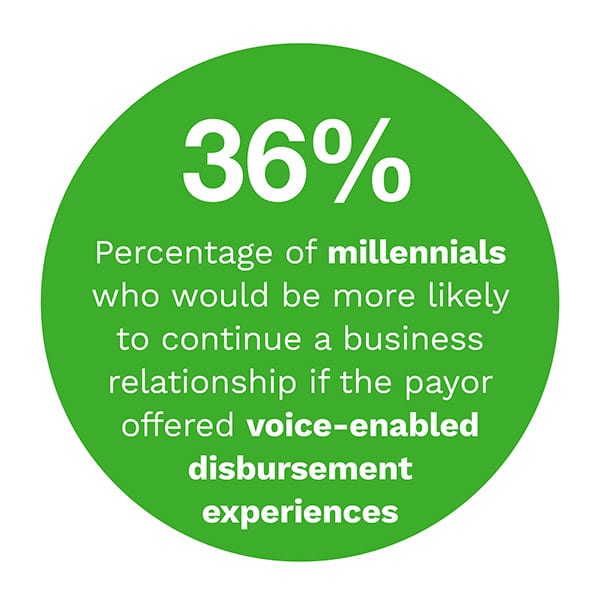 The findings also show that the use of new technologies could play a crucial role in personalizing the payments experience for consumers, especially younger tech-savvy generations like bridge millennials and millennials. More than 20 percent of consumers say they would be more likely to keep doing business with payors who allowed them to use voice commands to direct their money as they pleased, for example, while approximately 37 percent of bridge millennials and 36 percent of millennials say the same.
The findings also show that the use of new technologies could play a crucial role in personalizing the payments experience for consumers, especially younger tech-savvy generations like bridge millennials and millennials. More than 20 percent of consumers say they would be more likely to keep doing business with payors who allowed them to use voice commands to direct their money as they pleased, for example, while approximately 37 percent of bridge millennials and 36 percent of millennials say the same.
To learn more about how offering instant disbursements can help firms close the payout choice gap, download the Report.
